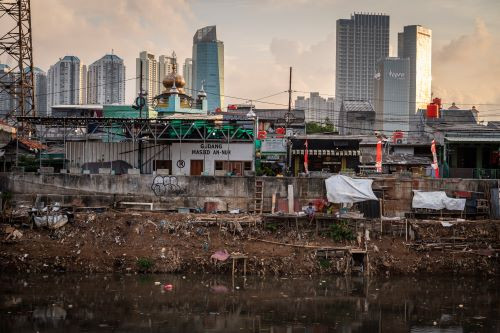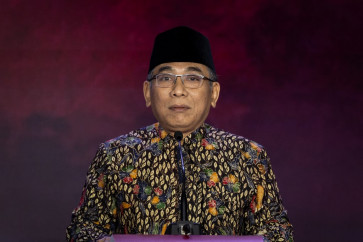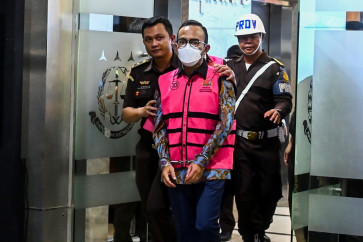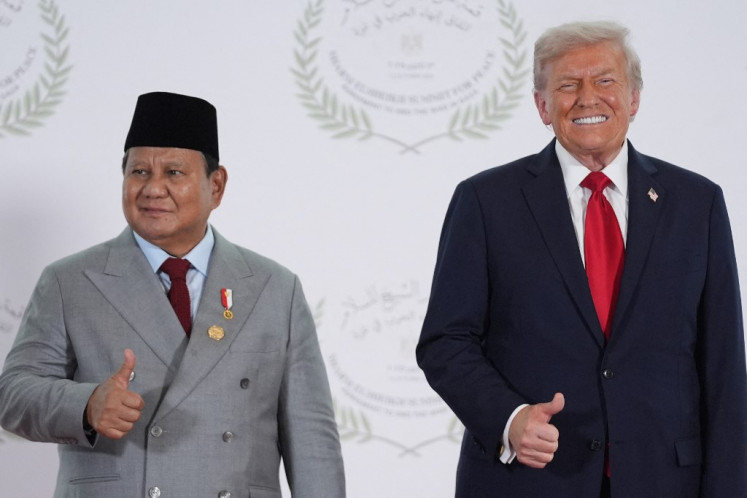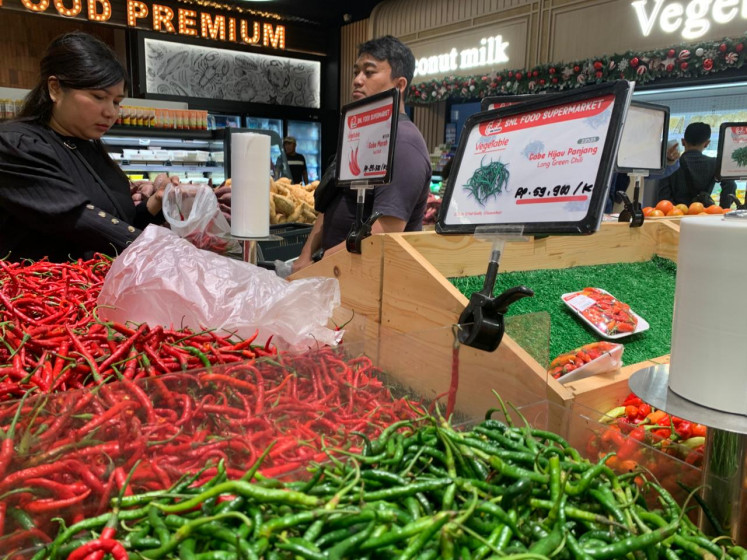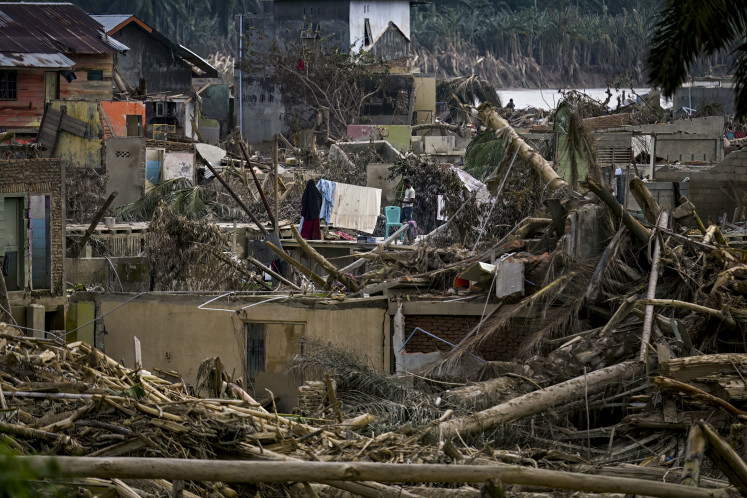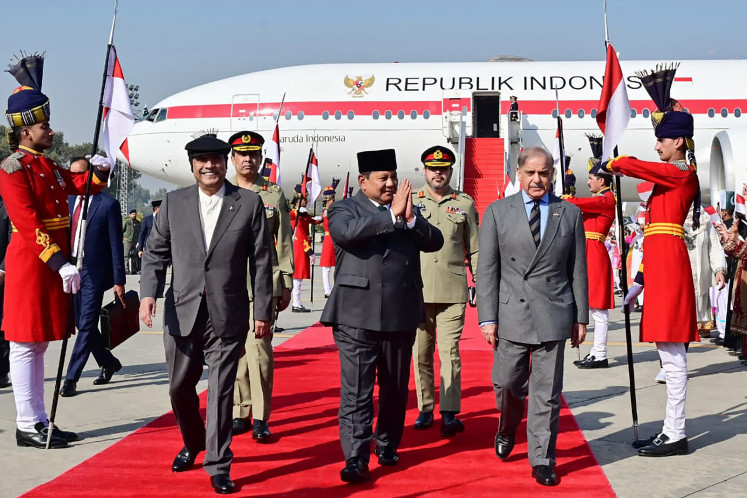Popular Reads
Top Results
Can't find what you're looking for?
View all search resultsPopular Reads
Top Results
Can't find what you're looking for?
View all search resultsGovt is redefining poverty line after two decades, DEN says
The redefinition is being worked on by the National Economic Council alongside Statistics Indonesia (BPS), the National Development Planning Agency (Bappenas) and the Statistics Society Forum. Indonesia last revised its poverty line in 1998.
Change text size
Gift Premium Articles
to Anyone
T
he Indonesian government is revising its poverty line definition that has been in place for 26 years as per capita gross domestic product (GDP) has sharply increased and consumption patterns have shifted.
National Economic Council member Arief Anshory Yusuf said the redefinition is being worked on by his office alongside Statistics Indonesia (BPS), the National Development Planning Agency (Bappenas) and the Statistics Society Forum.
Indonesia last revised its poverty line on 1998.
“It is rather late, so it has to be done soon. Hopefully this year before long, we will announce the new [poverty line],” Arief was quoted as saying by Bisnis.com on Monday.
One driving motivation behind the move was that the poverty line affects economic policy. For example, when the poverty rate is low, the government does not have to focus its energy on pushing labor-intensive industries.
Secondly, the revision is needed on the basis of accountability and trust of authority. People would question the low poverty rate when they are experiencing malnutrition or stunting, said Arief.
“When people feel dissatisfied, their trust toward the government erodes. That’s what’s more dangerous,” he said.

